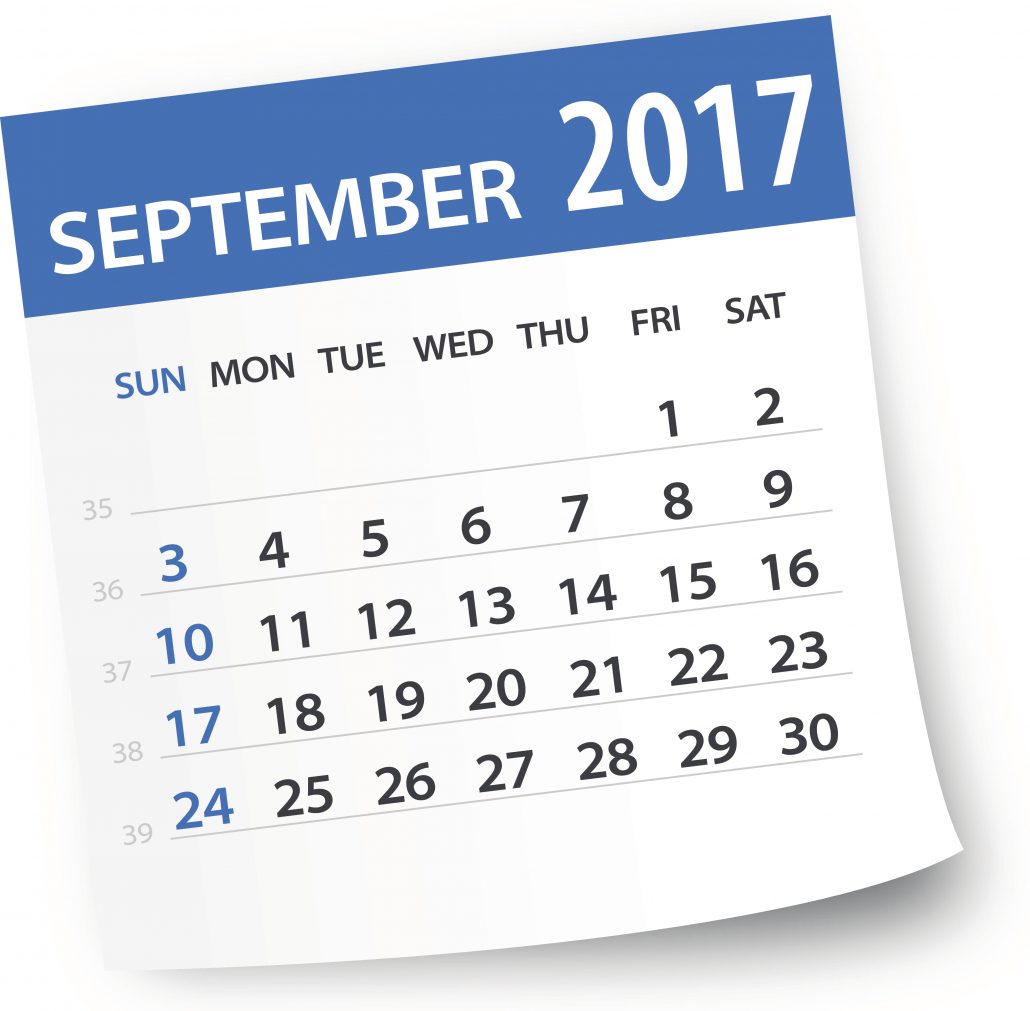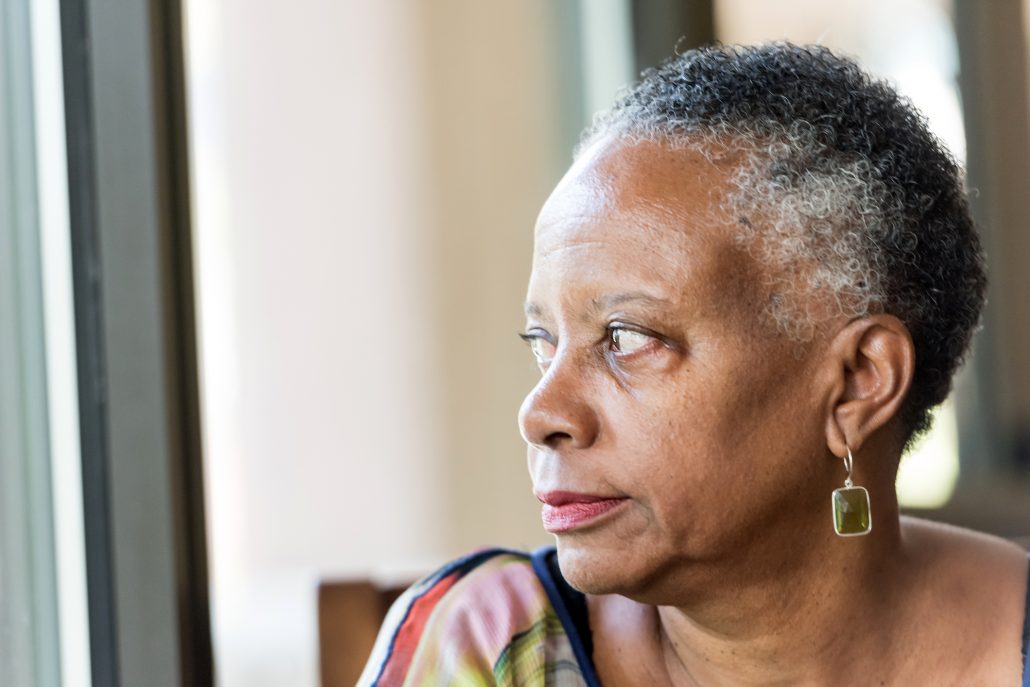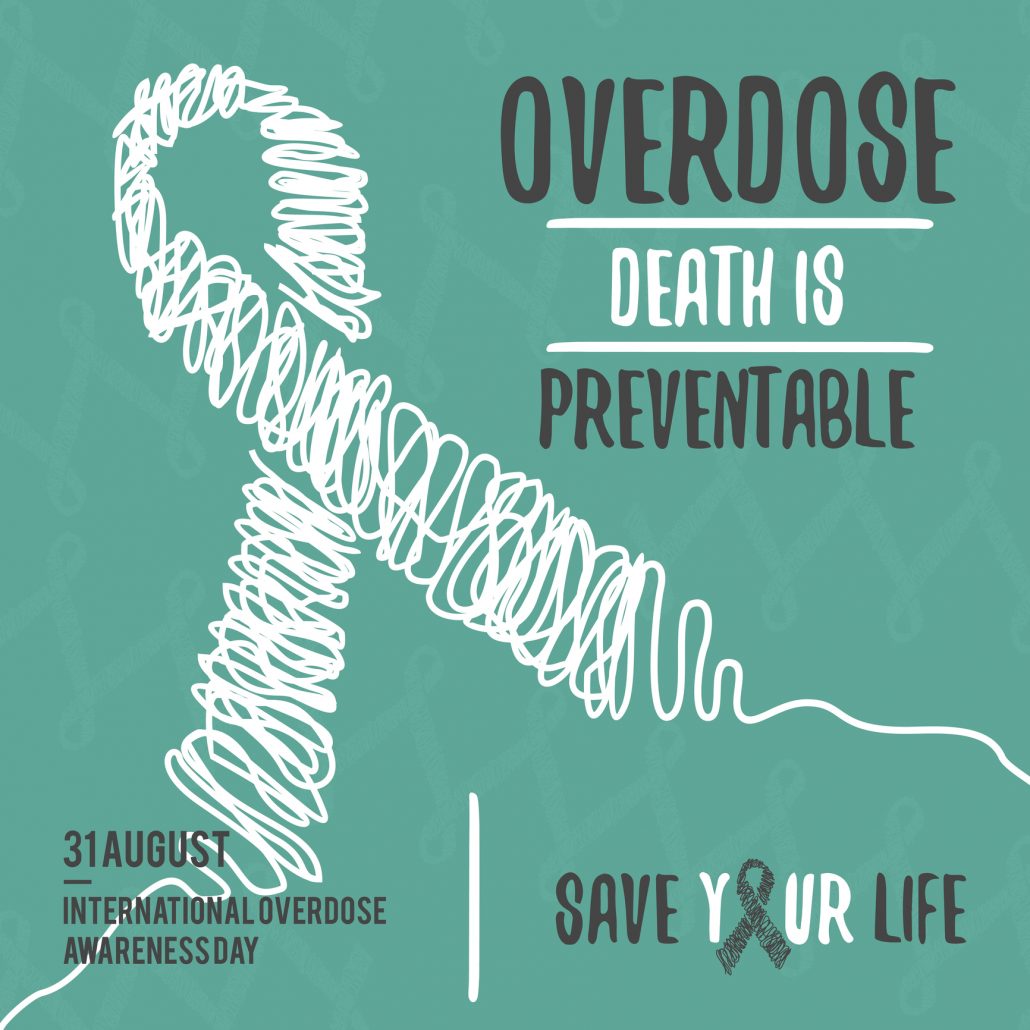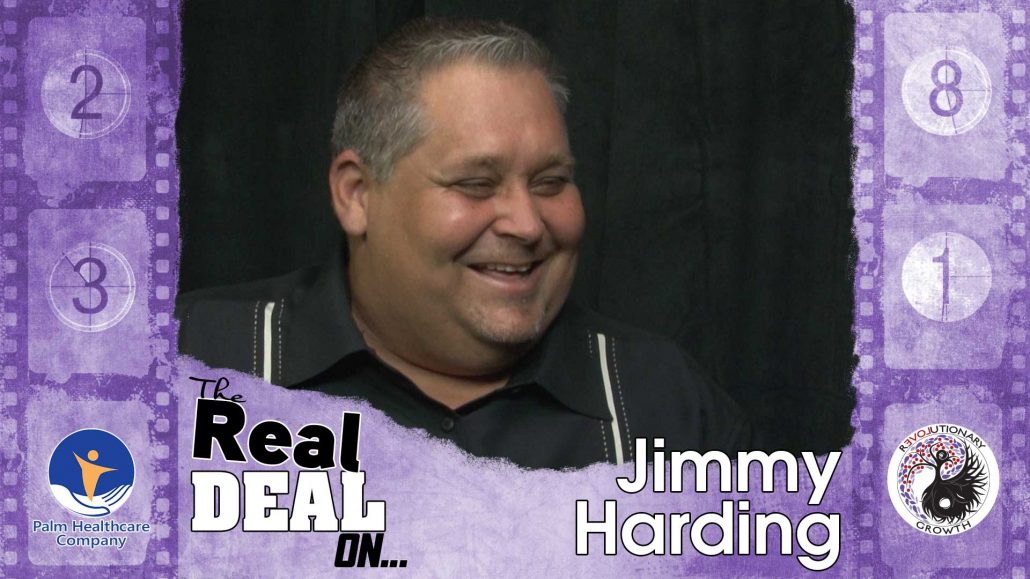by Sher Delva | Sep 7, 2017 | Addiction, Addiction Stigma, Drug Abuse, Withdrawal

If you think heroin is the deadliest opioid in America, think again. While that might have been the case in the past, things have taken a major shift over the past few years.
Heroin led to nearly 16,000 deaths last year, but another popular opioid surpassed that tragic number.
If you have not guessed already, we are talking about fentanyl.
Fentanyl is an opioid that is over a 100 times stronger than street heroin. To put that into perspective, transdermal fentanyl is 100-150xs more potent than oral morphine and is often prescribed to treat advanced cancer patients.
Drug overdose deaths involving fentanyl doubled during 2016, accounting for 25% more deaths than heroin, according to data released by the Centers for Disease Control and Prevention (CDC) earlier this week.
In 2016, the data revealed that 64,000 Americans died of drug overdoses. Out of this number, 20,100 deaths were attributed to fentanyl and other synthetic opioids. If we compared those numbers to heroin deaths, that’s an almost 5000 person difference!
The recent data also reveals how unevenly drug deaths are spread throughout the country:
- In states like Delaware, overdose rates rose 71% between 2016 and 2017 (with 309 deaths during the year).
- Maryland had an increase of 67% for a total of 2,171 overdose deaths.
- Of the states that reported data, only Nebraska, Washington and Wyoming saw a decrease in overdose deaths over the past year.
Fentanyl has been getting a great deal of attention as the drug is responsible for the massive increase in overdose fatalities. For example, last year in Massachusetts, 69% of people who died of an opioid overdose (and had a toxicology screen) had fentanyl in their systems, according to the Boston Business Journal.
Furthermore, in Ohio, fentanyl killed nearly 2,400 people in 2016, which is double the number in comparison to the year prior, according to Cincinatti.com
“It truly is everywhere,” Barbara Carreno, a spokeswoman for the federal Drug Enforcement Agency (DEA), said to USA Today.
Education is Key
Over the summer, the DEA worked to educate first responders about the dangers of fentanyl and other synthetic opioids like carfentanil and acryl fentanyl. These synthetic opioids are strong enough to make even the most casual user overdose and pose a severe threat.
Despite the dangers of addicts receiving a potentially fatal drug, law enforcement officials say the demand for fentanyl continues to rise. This is because fentanyl boost profits for dealers to sell the drug as heroin.
“You can make it as strong as you want, and in bulk and fast,” said Tim Reagan, a DEA agent in Cincinnati.
Still, law enforcement expects fentanyl seizure to become more of the norm at the end of this year.
“I expect that in fiscal year 2017, the numbers of seizures in the mail and express consignment environment (such as FedEx and UPS) will be much higher than they were last year,” said Robert Perez, an acting commissioner with the U.S. Customs and Border Protection (CBP) agency.
Where is it coming from?
Fentanyl is coming from a variety of locations, but one main target is China. China has been singled out as the main source of synthetic opioids like fentanyl. Through the dark web, drug dealers are able to purchase fentanyl from websites hosted in China. They then have shipments sent to the US.
According to the US Customs and Border Protection (CBP), seizures of fentanyl arriving by mail have increased significantly:
- In 2011, 0.09 kilograms of fentanyl were seized by mail
- In 2016 it rose to 37 kilograms
Unfortunately, officials in the United States are expecting the worse when it comes to the opioid crisis. Experts are looking at current trends, and most believe the opioid crisis will get worse before it gets better.
Did you know the major impact fentanyl was having on the opioid crisis? Sadly, when it comes to using drugs, your next high could be your last. Therefore, make a choice to recover from addiction today. Tomorrow may be too late. Do not wait. We are waiting for your call. Call now.
CALL NOW 1-888-922-5398
by Sher Delva | Sep 5, 2017 | Addiction, Addiction Stigma, Addiction Treatment

September 2017 marks the 27th anniversary of National Recovery Month. The purpose of National Recovery Month is to increase awareness of mental and substance use disorder and celebrate people who DO recover.
The theme for National Recovery Month 2017 is: Join the Voices for Recovery: Strengthen Families and Communities.
This year’s theme highlights the value of family and community support. National Recovery Month invites individuals in recovery and their family members to share their personal stories and successes to inspire and encourage others.
The Purpose of National Recovery Month 2017
The Substance Abuse and Mental Health Services Administration (SAMHSA), within the U.S. Department of Health and Human Services (HHS), is sponsoring National Recovery Month.
Back in 1992, Congress established SAMHSA to help make information and services more accessible to those in need of assistance.
SAMHSA Strategic Initiatives have various purposes, including:
- Providing resources for people with mental and substance use disorders
- Supporting the families of those struggling with mental and substance use disorders
- Building resilient and supportive communities
- Promoting prevention of costly behavioral health problems
National Recovery Month’s overall goal is to educate Americans that addiction treatment and mental health services can enable those struggling to live a healthy and rewarding life.
National Recovery Month sends the message that:
- Treatment is essential and effective
- Prevention does work
- People can and do recover
Every September, thousands of prevention, treatment and recovery programs host events and activities intended to educate the public about recovery. There are millions of lives who have been transformed through recovery. National Recovery Month is about raising awareness of the treatment programs out there. It is also about celebrating the successes of those who have recovered.
Broward Recovery Month Celebration
If you live in the South Florida area, you should consider attending a SPECIAL event occurring in Broward County.
Broward’s Recovery Month Celebration: “honors outstanding individuals who have made significant contributions to helping people in our county remain sober.”
Broward Recovery Month invites you to attend a special recovery event on September 9th at the War Memorial Auditorium. The event will occur from 11 – 3 and there will be food, fun, and inspiration for all. Special guest speakers Heidi and Dug McGuirk will be speaking at this year’s event. Please see our recent article for more information.
The Importance of National Recovery Month
Overall, the mission of National Recovery Month 2017 is to show Americans that addiction and mental illness are not life sentences. There is support out there. There are millions of Americans who have sought treatment and have recovered. Furthermore, through education, we can prevent these conditions from becoming worse. Awareness is the key.
The message that recovery CAN happen changes the face of addiction from one of hopelessness to one of possibilities and success.
There is a way out. Often, the media focuses on those struggling with addiction, however, there are plenty of recovering addicts who have managed to lead successful healthy lives. These successes tend to go unnoticed.
National Recovery Month 2017 helps spread the message of recovery and acknowledge these accomplishments. If someone you know is struggling with addiction or mental illness, give us a call. There is a way out and we can help. Do not wait. Call toll-free today.
CALL NOW 1-888-922-5398
by Sher Delva | Aug 31, 2017 | Addiction, Addiction Stigma, Drug Abuse, Mental Health, Stigma

(This content is being used for illustrative purposes only; any person depicted in the content is a model)
The elderly population frequently is ignored when it comes to drug addiction. After all, when most people think of the word “drug addict,” they typically picture someone in their 20s and 30s. The media depicts addiction as mostly affecting youth. While it is true that the youth population is heavily affected, the middle-aged and elderly drug addiction rates are also rapidly rising.
Millions of older Americans receive painkiller prescriptions for chronic conditions such as back pain, arthritis, and headaches. Eventually, some of these older adults become addicted. Pain prescriptions are a serious problem, and it is important the elderly population receive the same attention as the younger population. Addiction does not discriminate. Everyone needs treatment.
Prescription pain medications can do just as much harm as heroin peddled on the streets. Even worse, when a patient is not able to gain access to their pain prescriptions, they often turn to heroin as a cheaper alternative. The heroin on the street is more dangerous because there is no way to know what is being distributed. Often, heroin on the street is laced with powerful opioids like fentanyl which increase a person’s vulnerability to an overdose.
The Middle-Aged and Elderly
The Agency for Healthcare Research and Quality reported a sharp increase in hospitalization from prescription drug abuse among Americans aged 45 to 85 and beyond. According to the Center for Disease Control and Prevention, the highest death rates from drug overdoses were reported among middle-aged adults between 45 and 54.
One study revealed that 20 percent of people over the age of 65 take painkillers several times per week. The rate of addiction among chronic pain patients is at an astonishing level of 18 percent. Dr. Andrew Kolodny is the chief medical officer of the Phoenix House Foundation. He explained in a recent article that the highest rates of overdose deaths are in patients who have legitimate prescriptions for managing their chronic pain problems.
Older patients are more able to find opioids because doctors are more willing to prescribe them. Dr. Kolodny points out that improperly using opioids increases the risk of dependence. Shockingly, if someone were to take several doses a day, physical dependence could occur in as little as five days.
Opioid Addiction from Painkillers
Older Patients taking pain medication are less likely to notice the onset of addiction. It’s typically the family or caregivers that begin to notice the changes in behavior. Often, these older patients are unaware that they are becoming dependent on opioids until a negative consequence occurs.
Furthermore, seniors on opioids are at a higher risk of falling, which increases the risk of devastating fractures.Because many seniors take several medications at a time, there is a potential for harmful drug interactions. For example, an opioid could interact with another drug like a sleeping medication and increase the risk of respiratory depression and sedation.
It is important that seniors have an understanding of this risk. If a patient has a history of alcohol use, it is critical that healthcare providers are aware. The enhanced effects of opioids combined with alcohol results in negative consequences. Nonetheless, one does not need to be a drinker to have a problem with opioids.
A Way Forward
The reality is that close to 50 percent of people age 65 and older deal with chronic pain. While it is important for doctors to address the pain of their patients, it is also just as important to inform patients of the risk of addiction when taking prescriptions opioids.
A journal review found that short-term prescriptions have less of a risk for dependence compared to long-term opioid treatment. While the risk for addiction lowers as a patient becomes older, there is still a risk. Doctors should review each case individually. Addiction is always a possibility with opioids.
There are a variety of alternative pain management treatments making headlines now. Pain management devices are one way that could help reduce opioid dependency. Many chronic pain sufferers also find that combining physical therapy with massage therapy helps reduce pain and improve mobility.
Other pain management options include
The statistics surrounding the middle-aged and elderly population are tragic, but even more tragic is the effect opioid addiction has on friends, relatives, and the overall community. Addiction affects everyone, not just the addict.
Overall, it is important that these age populations know the risk as opioid addiction rates continue to rise. Recovery is possible. Please reach out if you or someone you know is struggling with drug addiction. Do not wait. Call today.
CALL NOW 1-888-922-5398
by Sher Delva | Aug 30, 2017 | Addiction, Addiction Stigma, Drug Abuse, Mental Health, Stigma, Therapy, Uncategorized, Withdrawal

Today, August 31, marks International Overdose Awareness Day. The purpose of this day is to raise awareness and reduce the stigma of drug-related deaths. This day intends to acknowledge the pain and hardship felt by friends and family who have suffered the loss of a loved one due to a drug overdose.
International Overdose Awareness Day is a day that hopes to reduce the shame and guilt that is so often associated with addiction. The day aims to provide an opportunity for people to publicly mourn for loved ones without feeling guilt or shame.
International Overdose Awareness Day Focuses on:
- Giving communities information about fatal and non-fatal overdoses
- Sending a strong message to current and former drug users that they are valued
- Providing essential information regarding resources available in their community
- Raising a discussion about overdose prevention and drug policy
- Preventing and reducing harm by supporting evidence-based policies and practices
The Shocking Reality
Drug overdoses are the number one cause of preventable death in America. Today is a day to spread awareness to others about the disease of addiction. Addiction does not discriminate. It affects everyone.
The United States is facing a major drug epidemic.
Facts & Stats:
- The United States accounts for approximately one-quarter of the estimated number of drug-related deaths worldwide.
- Overdose deaths continue to rise, and these overdoses are driven by opioid use.
- Overdose deaths have more than tripled in the United States during the period of 1999-2015, from 16,849 to 52,404 annually.
- A recent report by STAT states the opioid epidemic is predicted to get a lot worse before it gets any better if it gets better at all.
- The third quarter of 2016, saw all drug overdose deaths peak at 19.9 cases for every 100,000 people, compared to the 16.7 in the same period last year.
- Another report found that the number of drug overdoses involving opioids between 2008-2014 was likely underestimated by 24%.
- Substances like fentanyl are close to 50 times stronger than heroin, and the increased presence of these opioid have significantly increased the number of opioid overdoses.
So what is an overdose exactly?
An overdose means taking too much of a drug or a combination of drugs for a body to tolerate. Overdose symptoms vary depending on the drug abused. Opioids, benzos, and alcohol all cause overdoses. These drugs slow down the nervous system which includes breathing and heart rate. Too much of these substances can kill or cause permanent brain damage to the user.
Signs of a drug overdose on opioids include:
- Shallow breathing or not breathing at all
- Snoring or gurgling sounds (this can mean that a person’s airway is partly blocked)
- Blue lips or fingertips
- Floppy arms and legs
- No response to stimulus
- Disorientation
- Unconsciousness.
If you think someone has overdosed, please seek help immediately. Not all overdoses happen quickly, and it can take hours for someone to die from an overdose depending on the severity. Naloxone, known by the brand name Narcan, is an overdose antidote that reverses an overdose from opioids.
Fight to Increase Access to Narcan
Narcan is now in the hands of first responders. It can be found in schools and even over-the-counter depending on the area you reside. Please look into where you can purchase and receive training.
If you know someone who has overdosed, show your support on International Overdose Awareness Day. Now, more than ever is the time to share the truth about addiction. We need to end the stigma.
How to Get Involved
There are a variety of resources available on the International Overdose Awareness Day website. The website has an area where loved ones can write and grieve anyone they have lost. These tributes are where many share the impact drug use, and overdoses have had on their family and friends. There is also an overdose awareness app that shares information on what an overdose is, and the main overdose symptoms. Please see the website for more information and to look for events in your local area.
—-
How are you going to raise awareness of International Overdose Awareness Day? The impact of addiction continues to influence the lives around us. Let’s end the stigma. If you are struggling with substance abuse, do not wait for it to progress into an overdose. We can help you get back on track. Please call toll free today. Do not wait.
CALL NOW 1-888-922-5398
by Sher Delva | Aug 23, 2017 | Addiction, Addiction Stigma, Depression, Drug Abuse, Mental Health, Mood Disorders, Stigma, Therapy, Withdrawal

When Jimmy Harding was just ten years old, he started mowing lawns around his neighborhood for extra cash. During these early years, he acquired an entrepreneurial spirit that has carried with him ever since. Harding would spend the rest of his life developing his businesses and despite the ups and downs, achieve the personal freedom he always desired.
On an episode of The Real Deal On…, Harding sat down with Dug McGuirk for a conversation about reinvention. He discusses his business troubles and the pivotal moments that made reinvention possible in both his personal and professional life.
Harding started his career in construction, eventually becoming a construction mogul and dominating the industry. However, through a series of twists and turns, he fell into marketing. He is now a sought-after marketing guru who helps other businesses reach their full potential.
When it comes to reinvention, Harding has been through quite a few:
“I don’t believe there’s one reinvention per se. I think we go through a series of them,” he says.
Harding started his career in construction and grew his construction firm from the ground up.
“It started off as basically me and a helper and a pickup truck, and by the time that business got to its height, we were building like ten to twelve fast-food restaurants per year and then like a luxury home every single month on the residential side, so we really grew that thing up.”
During his time in construction, Harding learned valuable lessons.
Often, people place their failure on a lack of resources; however, Harding always knew the importance of being resourceful. Therefore, when he wanted to learn how to build a particular type of cabinet, instead of hiring someone to build it, Harding began working at a cabinet shop to find out how to build it himself.
“There was a particular type of cabinet that I didn’t know how to build and I went and got a job at a cabinet shop while I owned my own business just to learn how to build that so I can see the process, come back and use it in the project we were about to start,” he explains.
“There’s always a way. It’s just how do we figure it out. You can either pay someone to show you or you can pay someone to teach you to do it,” he continues.
Gaining Personal Freedom:
Ultimately, Harding’s goal was always to achieve personal freedom. Entrepreneurship was a vehicle to achieve that goal, he says. Over the years, he developed a passion for helping others achieve that freedom on their own. From the beginning, he always had a passion for helping others.
“I would go get my friends that would have you know $100,000 in debt from going to college, and they couldn’t even get a job. I’m like, ‘No, this is how you create your own economy,’ so I always would give people a hand up, people younger than me…,” he says
“That saying that it takes money to make money is B.S.,” he explains. “I’ve never had startup funding or whatever. Whatever I was going to do, I would go out and help other people, get paid for it, and use that [money] as the capital to start up my business.”
The Impact of Hurricane Katrina
Despite a struggling economy and weakening housing market, Harding’s construction firm continued to boom throughout the early 2000s. Then, Hurricane Katrina happened.
“All of a sudden, Hurricane Katrina comes along, and we’ve got 13 properties under construction, all in my name that I own,” he says. “We ended up having anywhere from like two to 13 feet of water in nine of the 13 properties, and it was pretty devastating. We had to recover from that and then there was a big need in the community.”
Despite the hurdles, Harding’s construction company thrived as they were able to help families rebuild their homes and contribute to the community in various ways.
“It was really a great time for us and contributing to the community, and we were rewarded handsomely for it because we helped like 87 people get back in their home,” he explains.
It was a hectic time. Families lived in FEMA trailers on the front lawn while their houses were being built, Harding says. The goal was to build these homes as soon as possible. Therefore, Harding’s company was able to grow and employ a lot of new people.
The business continued to boom for about 18 months; then suddenly things started to shift.
“It wasn’t that there was no need for any construction services but what happened is the stuff that we did or the stuff that we were capable of doing, was not available anymore,” he says.
Essentially, the only work left in New Orleans after 18 months was down to the most damaged stuff.
“If you were not a contractor that was set up to do 100 million dollar jobs like big infrastructure and improvement type of stuff, then it came down to very little left to be done,” he says.
Instead of changing his business model, Harding kept thinking things would get better. However, business started to dry up. He had to figure out what to do next. He remembered how heavily competing companies were advertising, so he decided to dive into marketing in an attempt to save his business.
This was the start of a costly journey to understand how marketing and advertising worked.
The last $100,000:
Harding’s quest to figure out why his business was declining led him into the marketing industry. He used the last $100,000 of his business finances to invest in advertising. He hired an advertising company to market his construction company to NFL games.
As a Saint Season holder, Harding thought the affluent market at these games would be a great place to gain new clients for his construction firm. He became the official construction sponsor for all the games. Unfortunately, the results were far from promising.
“The only phone call I got was someone else trying to sell me advertising,” he laughs.
“The first thing that I learned from that is that just because someone sells advertising doesn’t mean they know what they’re doing,” he says.
The experience taught Harding a lot about advertising. He realized the way he was marketing the wrong way.
“In advertising, you need two things: you have to be able to make an emotional connection, and it has to be intellectually interesting,” he explains.
Despite the lessons learned, his construction firm shut down.
“Eventually I ran out of money, and I had to shut it down and give the properties back and start struggling for survival,” he says. “It seemed like everything I touched just fell apart during that time, so that was a long struggle period like from 2008 until 2010.”
After his business went under, Harding decided to go on the road doing disaster cleanup. He had become an “expert on disaster cleanup,” and knew he had the tools to do the job. It seemed like the right direction to go.
“I said okay, I’m going to start going on the road and to these disasters and start doing our disaster cleanup and so I learned a lot of stuff at that time,” he says.
At first, Harding would knock on the doors of residents who had gone through a disaster and offer his services. He learned quickly that this was not the most efficient strategy. Soon, Harding began educating people on how to respond and react to disasters. He created educational brochures to hand out to people and acquired clients through becoming an expert in the field.
“When they would call me, I would go to their house, and I would expand on that education, and so really I was just consulting with them. I was helping them, and like people were literally just pulling out their checkbooks,” he says.
This was a pivotal point in Harding’s career as he learned the importance of educational marketing. To this day, Harding continues to give away tons of information and advice to help people in their own pursuits.
Harding’s disaster cleanup business started to flourish, and he eventually partnered with a friend in the oil industry. Together, they developed a company. During this time, he continued to learn more about marketing. Eventually, his efforts led him to the boardroom of a major oil company.
“That same marketing that was getting people to invite me into their home to educate them invited this big oil company to call us,” he says.
The BP Oil Spill Fiasco
The morning of the big meeting, Harding and his business partner were prepared to sign a seven-figure contract with the major oil company.
“All I had to do was go there, do my presentation, and basically sign contracts,” he says.
However, a major event got in the way: the BP oil spill.
“The morning that we show up in Houston, my partner and I walk into this big giant boardroom, and there’s a flat-screen TV on the wall, and there’s an oil rig on fire,” Harding remembers.
“That night, in the middle of the night before we got there, was the big BP oil spill of 2010,” he says.
“We get there, and all non-essential services are canceled indefinitely. Boom. So I’m going there to get money. We needed this money, and all of a sudden, boom and I was in shock,” he continues.
Despite his shock, Harding remembered something he learned from Tony Robin’s Date with Destiny seminar a few months earlier. During the seminar, he learned “state management,” and knew not to keep repeating the same victim story. Instead of dwelling on the failure and asking why; he asked himself how he could use the experience to help others. That was the moment he decided to open up his own marketing company.
“It was the catalyst to opening a marketing company, and like mastering marketing and changing and moving into the way that I coach and consult now. it was all based off of that thing,” he explains.
Advice to others in reinvention:
Harding went through various reinventions but ultimately learned to gain from his experience rather than create the same story in his head. His marketing company was a result of the ups and downs of his past businesses. Through his experience, he is now able to help others succeed.
“When something traumatic happens, you have to look at the good side, because you know there’s an opposite reaction to everything that happens,” he says.
Harding shares his advice for those wanting to pursue their goals:
“Figure out exactly what you want and then go after it. One of the big mistakes that I made along the way is I knew what I did not want, so I never got specific. I got specific on what I did not want and what I found out is that’s not good enough. […] Figure out what you want and focus on that. Don’t be scared to fail. It’s not a failure unless you quit,” he says.
—
We highly encourage you to listen to the entire interview to hear more exciting stories from Jimmy Harding. Harding has had every obstacle thrown at him over the course of his career, but despite all of it, he managed to turn it all around.
Reinvention is about going in a positive direction when obstacles are thrown at you. In recovery, reinvention is crucial. You need to stop telling yourself the same old stories of failure. Instead, focus on heading in a positive direction in your life. If you or someone you love is struggling, please call toll-free now.
CALL NOW 1-888-922-5398






